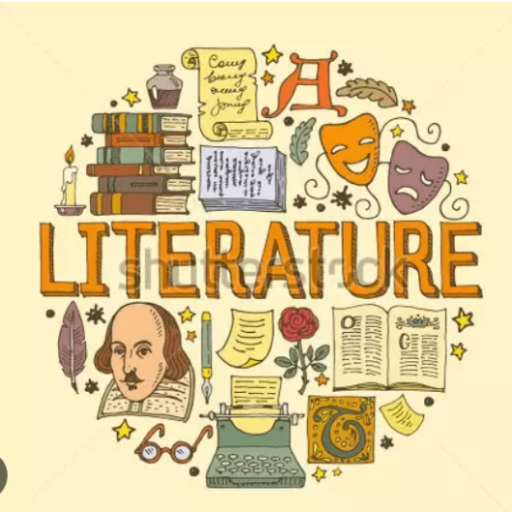Welcome to our comprehensive summary of “The Bluest Eye” by Toni Morrison. This iconic novel delves into themes of identity, beauty standards, and societal expectations, offering a profound exploration of the African-American experience.
In this article, we will provide you with a detailed summary of the story, highlighting its key moments, characters, and motifs. Join us on this literary journey that captures the essence of Morrison’s powerful storytelling.
Advertisement
The Bluest Eye Toni Morrison Summary: A Heartrending Tale of Identity and Beauty
Summary of The Bluest Eye by Toni Morrison
“The Bluest Eye” takes place in Lorain, Ohio during the years following the Great Depression.
Advertisement
The story revolves around Pecola Breedlove, a young African-American girl, who longs for blue eyes, believing they would grant her the beauty and acceptance she craves.
Advertisement
Through Pecola’s narrative, Morrison paints a vivid picture of the challenges faced by black individuals in a society dominated by white beauty standards.
Advertisement
Pecola’s Difficult Childhood: The Bluest Eye Toni Morrison Summary
Pecola Breedlove, an eleven-year-old girl, lives with her abusive parents, Cholly and Pauline Breedlove. Their dysfunctional household is marred by poverty, violence, and neglect.
Pecola’s experiences shape her perception of herself and the world around her, leading to a deep desire for blue eyes as a means of escaping her grim reality.
The Influence of Shirley Temple
Pecola is greatly influenced by the popular culture of her time, particularly the glamorous image of child star Shirley Temple.
Temple’s angelic appearance, with her blue eyes and blonde curls, becomes the epitome of beauty for Pecola, reinforcing her belief that blue eyes hold the key to happiness and acceptance.
The MacTeer Sisters and Friendship
Pecola forms a friendship with Claudia and Frieda MacTeer, sisters who provide support and understanding amidst the harsh realities of their lives.
Claudia serves as the novel’s narrator, offering insights into the struggles faced by black children in a racially divided society.
The MacTeer sisters provide an important contrast to Pecola’s experiences, emphasizing the destructive nature of societal beauty ideals.
Cholly’s Troubled Past: The Bluest Eye Toni Morrison Summary
The novel delves into the backstory of Pecola’s father, Cholly Breedlove. Morrison explores Cholly’s traumatic childhood, marked by abandonment and abuse, to shed light on the complex factors that shape his character.
Cholly’s struggles with self-worth and identity contribute to the tumultuous dynamics within the Breedlove family.
Pecola’s Wish for Blue Eyes
As Pecola’s desire for blue eyes intensifies, she comes across a rumor that suggests a spiritual connection between blue eyes and inner beauty. Pecola begins to believe that if she acquires blue eyes, she will finally be loved and accepted by those around her. This desperate longing serves as a powerful commentary on the damaging effects of beauty standards and their impact on self-esteem.
Claudia’s Perspective and Resistance
Claudia, the narrator, resists the internalization of white beauty standards. She questions societal norms and sees the beauty in her African-American features. Claudia’s perspective offers a counterbalance to Pecola’s self-hatred, highlighting the importance of self-acceptance and embracing one’s unique identity.
The Tragic Outcome
Tragically, Pecola’s wish for blue eyes remains unfulfilled. The weight of her circumstances and the harsh reality of a prejudiced society culminate in a heartbreaking conclusion.
Through this devastating ending, Morrison exposes the damaging effects of societal expectations and the consequences of striving for an unattainable ideal.
Conclusion
“The Bluest Eye” by Toni Morrison is an enduring masterpiece that confronts the painful realities of racism, self-hatred, and societal expectations.
Through the poignant journey of Pecola Breedlove, Morrison forces us to confront the damaging effects of beauty standards and offers a profound meditation on identity and the quest for acceptance.
This novel stands as a testament to the power of literature to challenge our preconceptions, provoke introspection, and foster empathy.
Frequently Asked Questions
“The Bluest Eye” is celebrated for its unflinching examination of racism, internalized self-hatred, and societal expectations. It offers a searing critique of the beauty standards that marginalize and devalue individuals based on their race, challenging readers to confront their own biases and prejudices.
The novel explores the multifaceted nature of identity, particularly within the context of race and beauty. Morrison highlights the damaging consequences of internalizing societal ideals and the profound impact this has on one’s sense of self. Through Pecola’s story, readers are confronted with the devastating effects of a distorted self-image.
Yes, “The Bluest Eye” was adapted into a play in 2005, directed by Lydia R. Diamond. The novel’s profound themes and poignant storytelling have also made it a popular choice for educational curricula, sparking important discussions on race, beauty, and the power of literature.
“The Bluest Eye” conveys a powerful message about the damaging effects of internalized racism and societal beauty standards. It urges readers to challenge these norms, embrace diversity, and cultivate empathy and compassion for individuals who are marginalized and oppressed.

